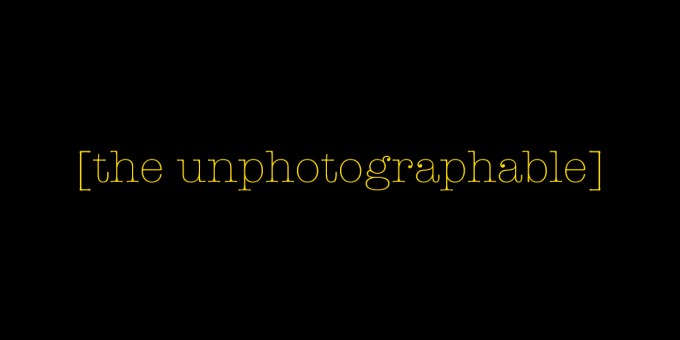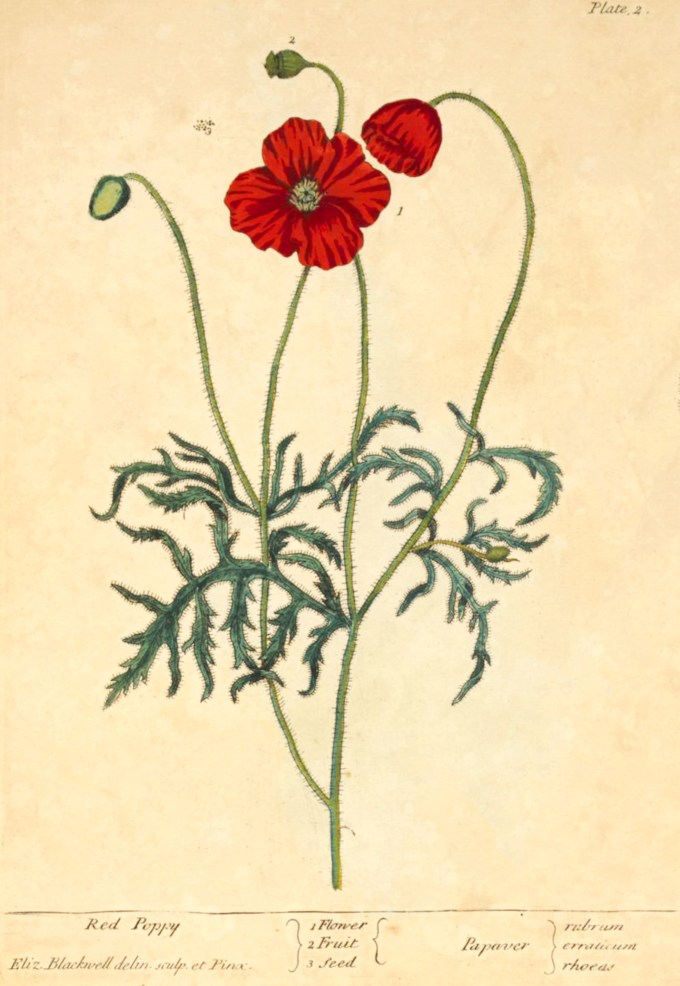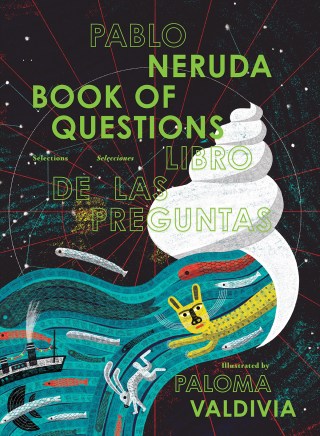Sometimes, a painting in words is worth a thousand pictures. I think about this more and more, in our compulsively visual culture, which increasingly reduces what we think and feel and see — who and what we are — to what can be photographed. I think of Susan Sontag, who called it “aesthetic consumerism” half a century before Instagram. In a small act of resistance, I offer The Unphotographable — every Saturday, a lovely image in words drawn from centuries of literature: passages transcendent and transportive, depicting landscapes and experiences radiant with beauty and feeling beyond what a visual image could convey.
By Maria Popova
Previously: The Unphotographable #2: The Alps with Mary Shelley.


What a scene! Twin lofty mountain masses flanked the entrance and from the back of these the land dipped downwards like a hammock swung between them, its lowest point behind the center of the crescent. A clean and smooth, dark-pebbled beach went all around the bay, the tide line marked with driftwood, gleaming, bleached bones of trees, fantastic roots and worn and shredded trunks. Above the beach a band of brilliant green and then the deep, black spaces of the forest.
In Wilderness (public library) — his magnificent journal of solitude and creativity — he paints the remote Alaskan paradise they arrived into:





